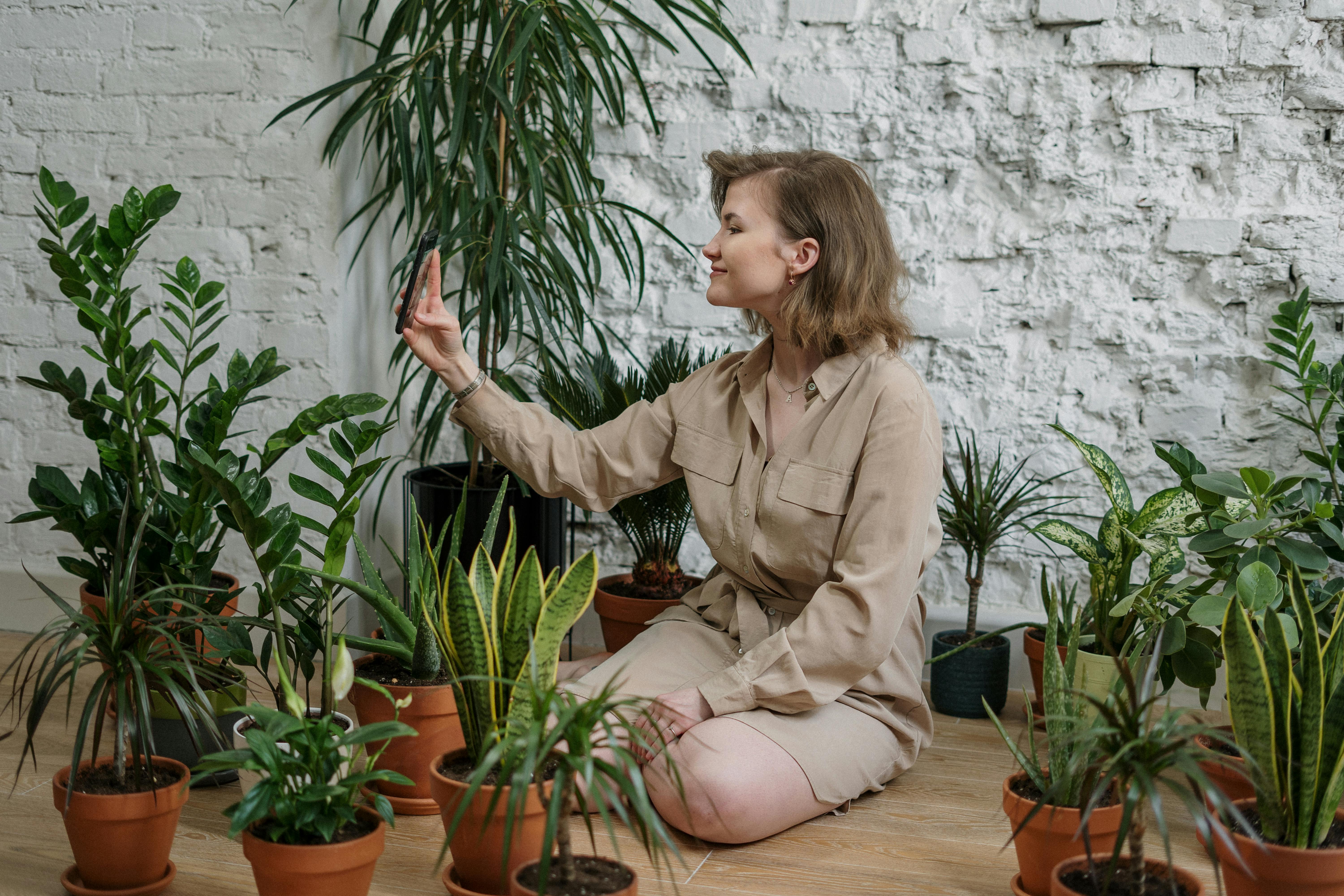Organelles are tiny structures within a cell that have a specific function. Some organelles are found in all cells, while others are only found in certain types of cells. Plant cells have unique organelles that are not found in animal cells. These organelles are involved in photosynthesis and help the plant cell to stay rigid and maintain its shape. Some of these organelles include chloroplasts, vacuoles, and cell walls.
Cell Membrane
The cell membrane is a thin semi-permeable membrane that surrounds the cytoplasm of a cell. Its function is to protect the integrity of the interior of the cell by allowing certain substances into the cell while preventing other substances from entering. The cell membrane is composed of proteins and lipids, which form a bilayer structure, allowing some substances to pass through while blocking others. It also plays an important role in regulating the movement of materials in and out of the cell.
Ribosomes
Ribosomes are small organelles that are found in cells. They are responsible for protein synthesis and play an important role in cellular metabolism. Ribosomes are composed of two subunits, each containing several proteins and several types of RNA molecules. These subunits come together to form a complex structure that carries out protein synthesis by using messenger RNA (mRNA) as a template for assembling amino acids into proteins. Ribosomes can be found either freely floating in the cytoplasm or attached to the endoplasmic reticulum (ER).
Mitochondria
Mitochondria are small organelles found within cells that are responsible for producing energy for the cell. They contain their own DNA and act as tiny power plants, converting food molecules into energy molecules called adenosine triphosphate (ATP) through a process called cellular respiration. Mitochondria can be found in both plant and animal cells, although they have different shapes depending on their location within the cell.
Vacuoles
Vacuoles are membrane-bound organelles found in both plant and animal cells that store water, nutrients, enzymes, waste products, pigments, and other molecules necessary for cellular function. Plant cells typically contain one large central vacuole that can occupy up to 80% of the cell’s volume; however, animal cells typically contain many small vacuoles scattered throughout their cytoplasm. Vacuoles play an important role in maintaining osmotic pressure within the cell and help regulate its overall shape and size.
Cell Wall
The cell wall is a rigid, semi-permeable membrane that surrounds and provides support to the cell. It is composed of polysaccharides, proteins, and lipids. The cell wall protects the cell from environmental damage, helps cells maintain their shape, and prevents osmotic lysis. It also serves as a diffusion barrier for small molecules and ions, allowing cells to regulate their internal environment. The structure of the cell wall varies by organism and can be made up of different polymers such as cellulose, chitin, or pectin. Additionally, some organisms have an additional outer layer known as the capsule which adds an extra layer of protection.
The primary function of the cell wall is to protect the cell from external threats such as toxins or changes in temperature and pH. It also provides structural support for the cell and helps it maintain its shape. Additionally, it acts as a diffusion barrier for small molecules and ions that are necessary for cellular metabolism. The cell wall can also act as a platform for adhesion between cells or between cells and substrates such as extracellular matrix proteins. Finally, it can act as a receptor for hormones or other signaling molecules that control cellular processes such as growth or differentiation.
Central Vacuole
The central vacuole is a large, fluid-filled organelle that is present in many plant cells. It is responsible for storing and releasing nutrients, ions, and other molecules as needed. The central vacuole also helps to maintain the cell’s shape and structure by regulating the pressure inside the cell. In addition, it can act as a storage unit for excess water and other materials. It is surrounded by a membrane known as the tonoplast, which helps to regulate its contents. The central vacuole can contain various enzymes and proteins that are involved in metabolic processes such as photosynthesis and respiration.
The central vacuole also has some unique functions in plant cells. For example, it can help to protect the cell from damage caused by environmental stressors such as drought or temperature changes. It can also play an important role in cell division and growth by controlling the release of hormones that control these processes. Additionally, it can act as a reservoir for waste products that need to be removed from the cell.
In conclusion, the central vacuole is an important organelle in plant cells that serves several essential functions. It helps to store nutrients, ions, and other molecules; maintain cell shape and structure; protect against environmental stress; control hormone release; and act as a waste reservoir.

Plastids
Plastids are organelles found in the cells of eukaryotic organisms. They are essential for photosynthesis and storing energy, as well as providing protection to the cells. Plastids are highly dynamic structures, and their function varies from cell to cell. In plants, plastids are responsible for the production of food by photosynthesis and the storage of energy in the form of starch. In animals, plastids play a role in producing proteins and pigments, as well as storing energy. Plastids can also be found in other eukaryotes such as algae and fungi.
Plastids have a unique structure which allows them to perform specific functions. They have an outer membrane that encloses a matrix which contains various enzymes, pigments, and proteins. The inner membrane is composed of two layers – an inner lamella and an outer layer – which separate the matrix from the cytoplasm. The matrix is filled with fluid called stroma which contains various molecules required for metabolic processes such as photosynthesis and respiration.
Plastids contain a variety of pigments which absorb light energy for photosynthesis or give color to plants and animals. Chloroplasts are a type of plastid that contain chlorophyll molecules which absorb light energy for photosynthesis. Chromoplasts contain carotenoids which give color to fruits and flowers while leucoplasts contain no pigment but store starch or other compounds like fats or oils until they are needed by the cell.
Plastids have many important functions in living organisms including producing oxygen, storing food, protecting against harmful UV rays, and allowing organisms to be able to sense changes in their environment through photoreception. They also provide structural support by helping cells maintain their shape and integrity. The study of plastid biology is essential for understanding many aspects of life on Earth, including how plants evolved their ability to perform photosynthesis.
Nucleus
The nucleus is an essential organelle found in cells. It is a membrane-bound structure that contains the genetic material of the cell, which is organized into chromosomes. The nucleus acts as the control center of the cell, directing its activities and regulating its growth. It also controls gene expression, which determines the type of proteins that are produced in the cell. Additionally, it stores important molecules such as ribosomes and tRNA that are used in protein synthesis. The nucleus also plays a role in cell division, where it divides into two identical daughter nuclei during mitosis or meiosis. Without the nucleus, a cell would not be able to function properly and would eventually die.
The structure of the nucleus can vary depending on the type of cell it is found in. For example, animal cells typically have a single spherical nucleus with one or more nucleoli present inside. In contrast, plant cells have an irregularly shaped nucleus with multiple nucleoli located within its interior. The size and shape of the nuclei can also vary greatly between different types of cells and organisms. In general, however, all nuclei contain numerous components such as chromatin (DNA), RNA, ribosomes, lamins and various other proteins involved in controlling gene expression.
In general, the nucleus is responsible for maintaining cellular functions by controlling transcription, translation and replication of genetic material. It also plays an important role in maintaining cellular homeostasis by regulating gene expression and allowing for proper cell division during mitosis or meiosis. Without a functioning nucleus, cells would not be able to survive or carry out their necessary functions properly.

Conclusion
Organelles are the subcellular structures of cells that are responsible for various functions. They are present in both plant and animal cells, but there are some organelles that are found exclusively in plant cells. These include chloroplasts, a large central vacuole, and cell walls. Chloroplasts contain chlorophyll and are responsible for photosynthesis. The large central vacuole helps plants maintain their structure and stores water and metabolites. And cell walls provide structural support as well as act as a barrier between the contents of the cell and its environment. Plant cells also possess other organelles such as mitochondria, endoplasmic reticulum, Golgi apparatus, ribosomes, lysosomes, nuclei, and peroxisomes which act similarly to those found in animal cells.
In conclusion, organelles are vital components of living organisms which enable them to function properly. While some of these organelles can be found in both plant and animal cells, there are specific organelles that can only be found in plant cells such as chloroplasts, a large central vacuole, and cell walls. These essential components allow plants to survive in their environment by performing specific tasks such as photosynthesis or providing structural support.

